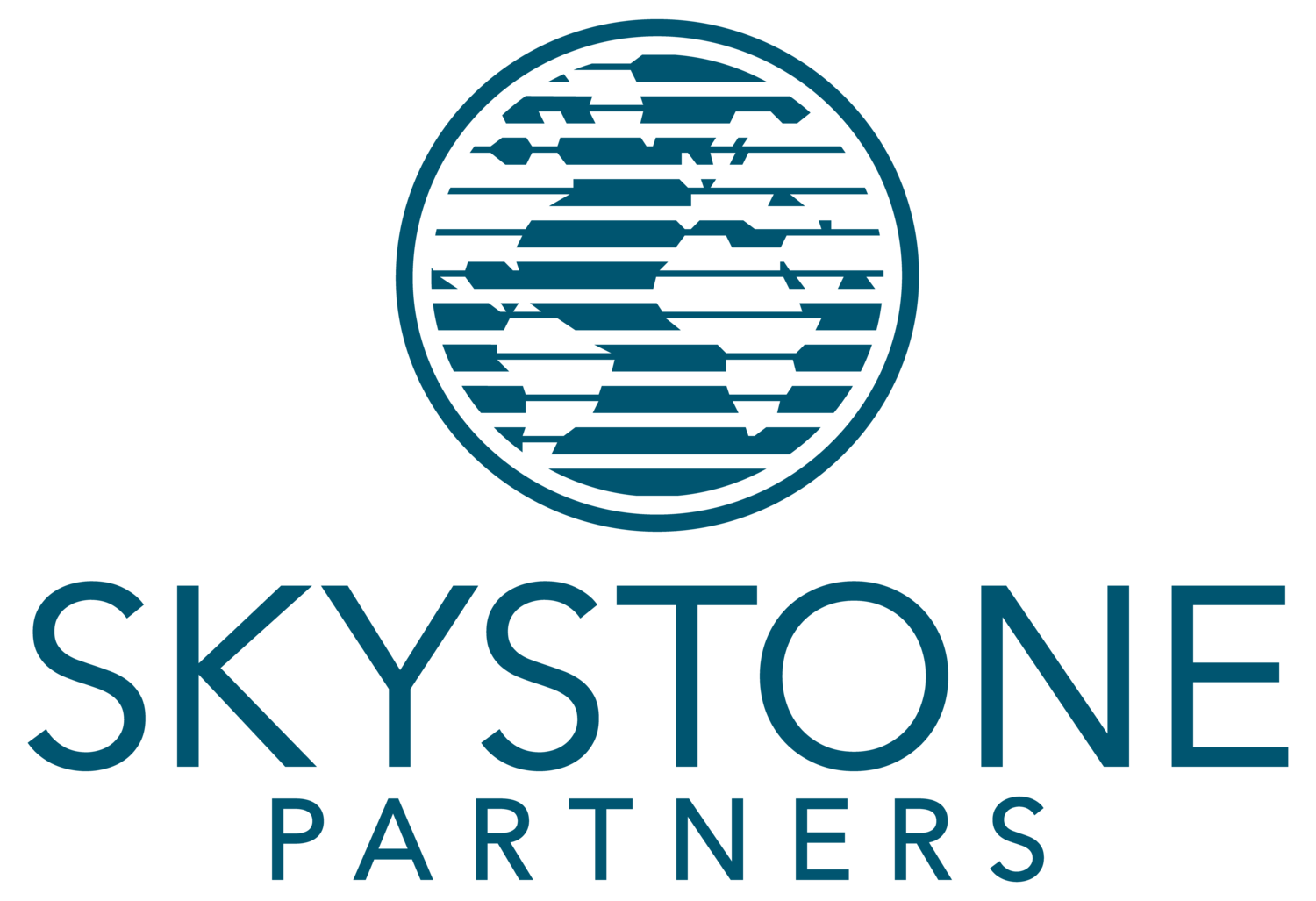Moving Millions: Why Your Strategic Plan is the Place to Start (Part 1 of 2)
If you’re looking to boost your fundraising, one of the best places to start is an investment in your organization’s strategic planning. But what exactly does strategic planning entail? How can you ensure that your plan is successful? And what are the benefits of involving your community and development staff in the process?
During Skystone Partners’ recent On Giving webcast, Lisa New (President & CEO of Zoo Knoxville), David Walsh (President of Canopy Strategic Partners), and Liz Knuppel (President & CEO of Skystone Partners) addressed these questions and more. In this blog post, we highlight key takeaways from the webinar and share some insights from Zoo Knoxville, which recently exceeded their fundraising goal of $30 million in their Dream Wilder campaign.
What is a strategic plan, and what does it include?
A strategic plan is a common guiding direction that identifies a “North Star” for your organization. It defines what you will do and what you will not do. The components of a strategic plan include the nonprofit’s mission, vision, goals, and objectives/strategic commitments. While it helps inform other plans, it is not your master plan, which focuses on facilities and campus design, nor a business plan, which focuses on finances and expenses. Integrating all of these plans sets a strong foundation and helps to define fundraising and marketing strategies.
How did strategic planning contribute to Zoo Knoxville’s success?
Zoo Knoxville consulted internal and external stakeholders during their strategic planning process, including outside experts and the community. This inclusivity led to a unifying experience that drove increased fundraising support. As a living document, the strategic plan continues to evolve, as evidenced by a campus assessment that was conducted to evaluate the guest experience at exhibits and the habitat quality of exhibits. The Master Plan results provided the Zoo with funding priorities, resulting in a more cohesive campus.
What are the keys to successful planning and a stronger fundraising campaign?
To ensure a successful plan, be inclusive, set a bold vision, prioritize, and adhere to those priorities. You should employ a process philosophy and employ the following phases:
Discovery: listening phase
Opportunities: big, bold thinking, including external as well as internal stakeholders
Reality: “How do we begin identifying real priorities?”
Action: steps needed to begin achieving the vision. Examples could include a fundraising feasibility study or a branding plan.
Recognize that planning is a continuous process, and it’s optimal to ensure that your community’s needs are being met by including them in the process.
How do you include the development staff, Board, and donors in the strategic planning process?
Zoo Knoxville worked with Skystone Partners to conduct a deep dive of its Development Department, including staff coaching services. Skystone Partners assisted with benchmarking, timelines, and project management to identify strengths, where the Zoo needed to grow, etc. Board members were part of the strategic planning committee, were asked for input during the master planning process, and were interviewed during the feasibility study.
It’s also important to focus on the composition of your Board, including skillsets and tenure, and to engage donors early on in the Discovery phase to gain their “big vision” perspective.
What resources does a smaller or new non-profit need to get started and implement a strategic plan?
To get started with a strategic plan, you’ll need buy-in from leadership, both the Board and organizational leadership, and a commitment to the necessary time and financial investment. For smaller organizations with budgetary constraints, it may be beneficial to explore community resources.
In conclusion, a successful fundraising campaign begins with a well-thought-out strategic plan. The vitality of this plan relies heavily on how well you involve your organization’s community, development staff, Board, and donors in the process to ensure that your plan is inclusive and achievable.
Stay tuned for Part 2 of our series, which will focus on the question of when it’s time to start raising money.
